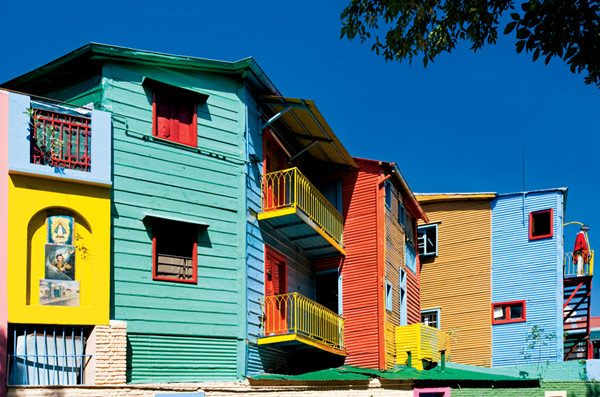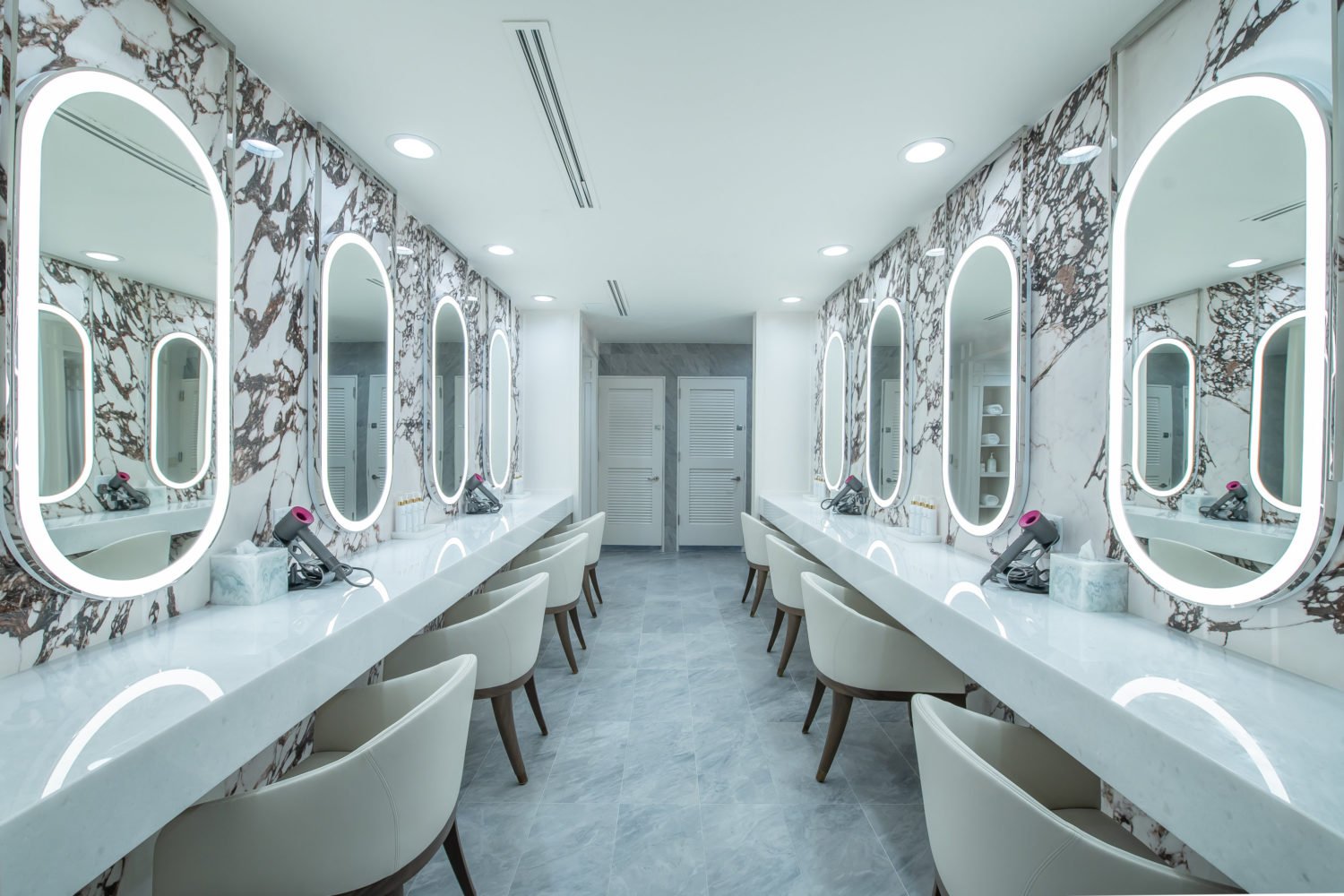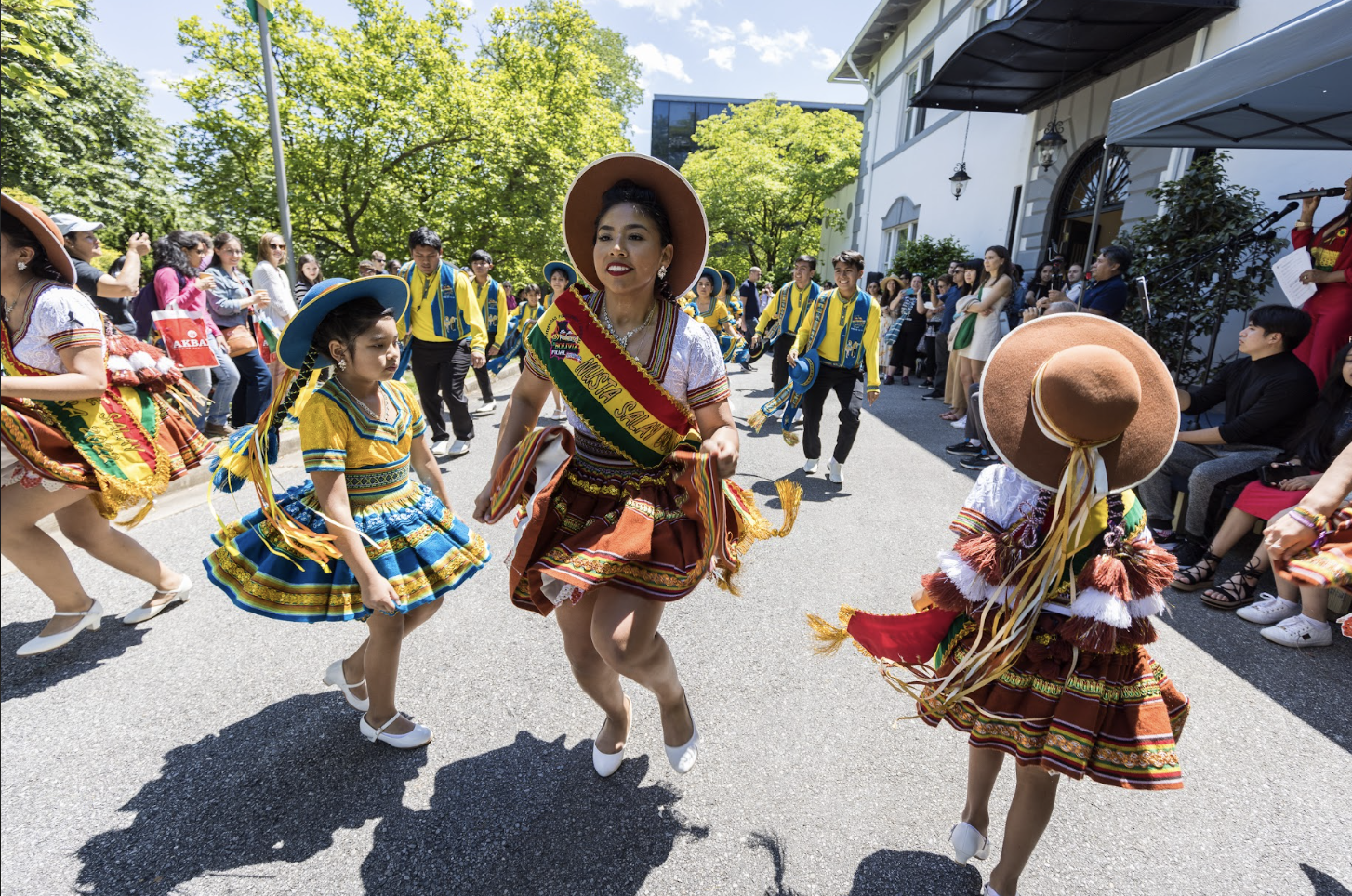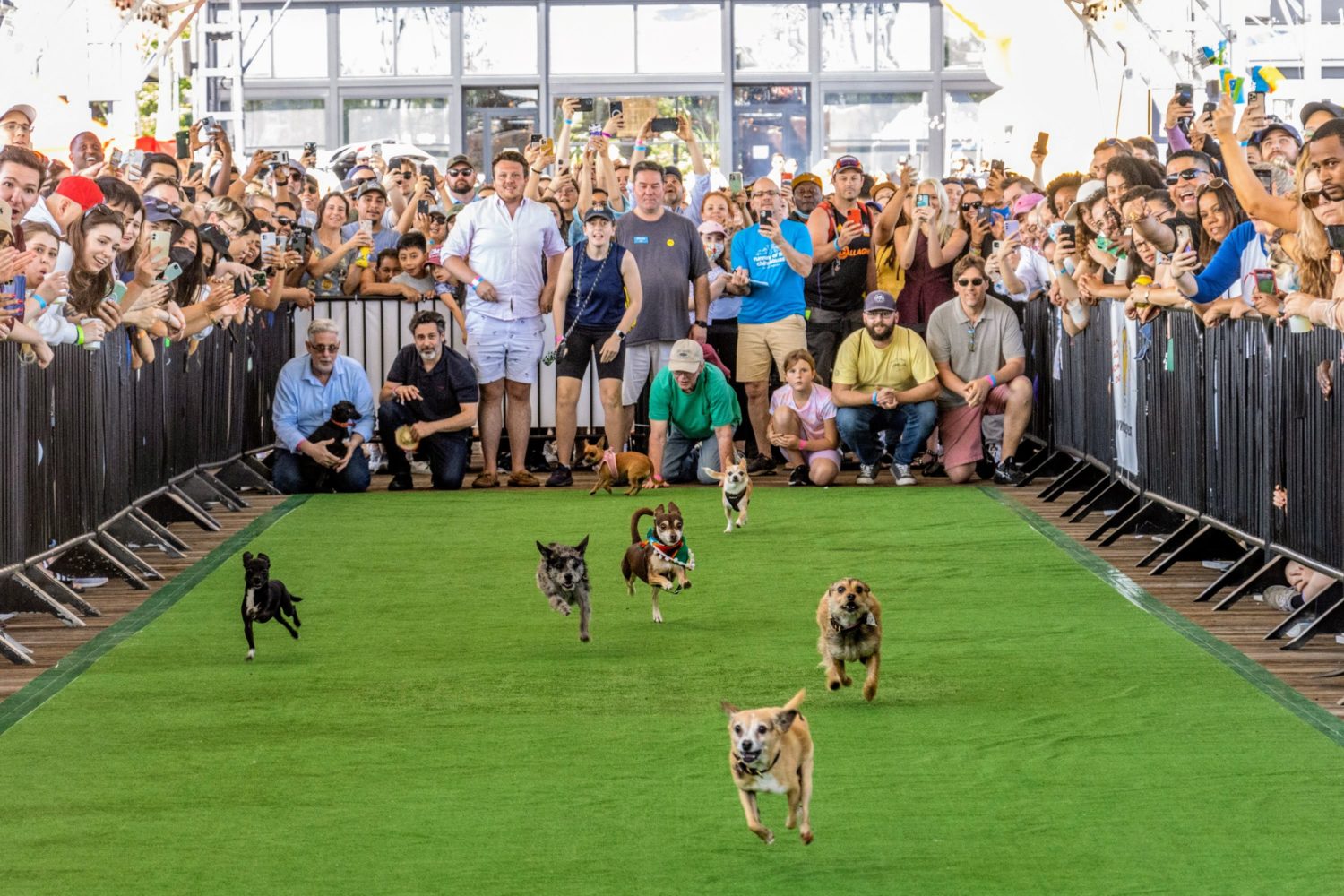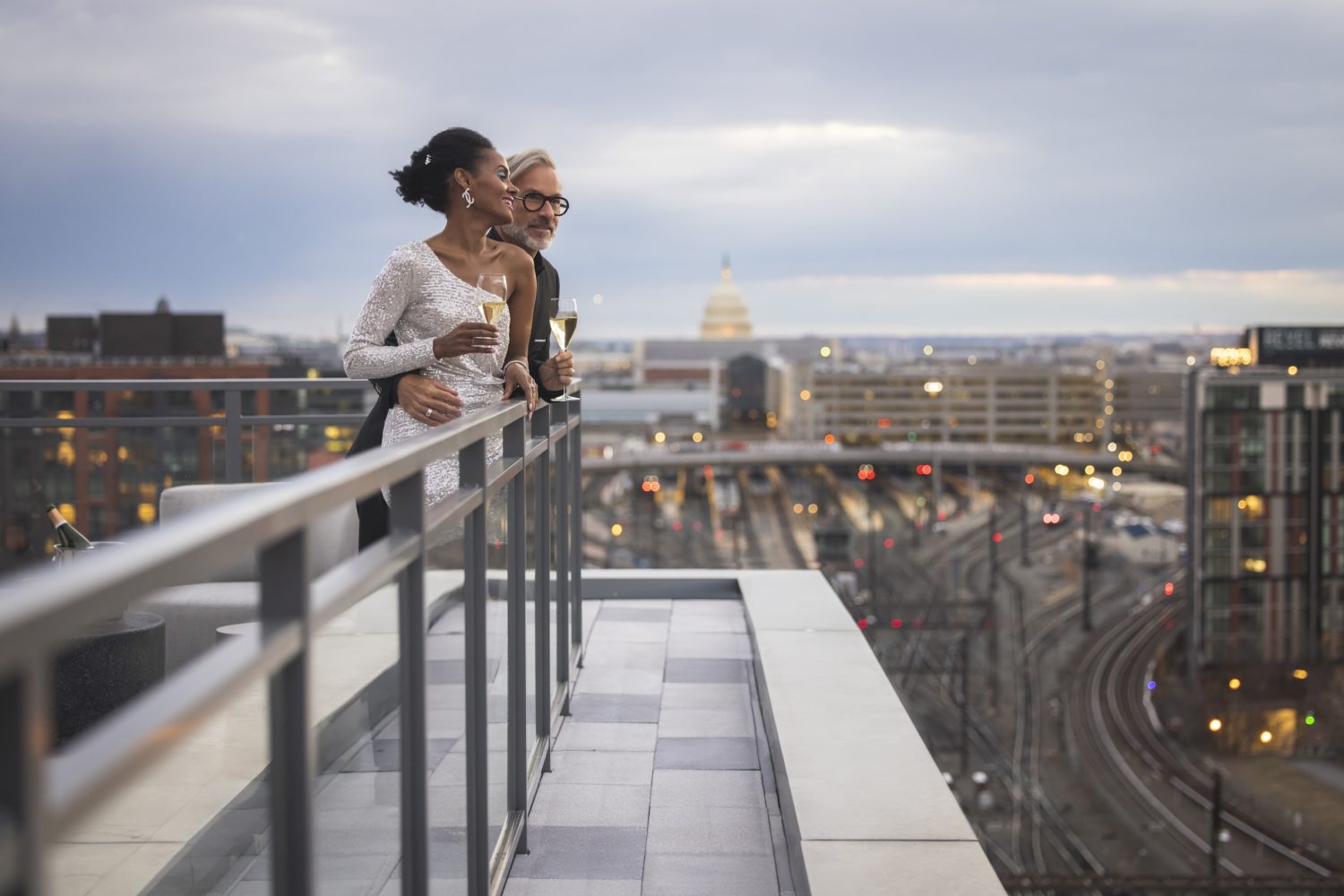Why Now
Since the 19th century, Buenos Aires has been one of South America’s most important port cities. Located along the Rio de la Plata, it attracted many European immigrants, most notably Italians. The mix of people has given the porteños, as residents call themselves, an eclectic culture. Because Argentina is in the Southern Hemisphere, its seasons are the opposite of Washington’s. This month, daytime temperatures hover in the low 70s as South America heads into spring. The Argentine peso has fallen to its lowest rate in recent memory, making your trip cheaper.
What to Do
Many of Buenos Aires’s famous monuments and Colonial buildings are in a downtown area known as the Microcentro. It’s hard to miss El Obelisco. At 220 feet tall, it’s less than half the size of the Washington Monument, but its location—on the median of the 16-lane Avenida 9 de Julio—makes it one of the city’s most recognizable landmarks.
From El Obelisco, stroll down Diagonal Norte to the presidential office, the striking Casa Rosada. Juan and Eva Perón gave speeches from its balcony—it’s recognizable from the movie Evita. You can tour the building for free.
South of the Microcentro, La Boca is a working-class neighborhood and port known for its multicolored houses and shops. Leftover paint from maintaining barges was used on buildings. The result is a contrast of bright reds and yellows, blues and greens. A walk down its tourist-friendly street, Caminito, is full of vendors and impromptu tango shows.
Don’t Miss
La Boca is home to Boca Juniors, the continent’s most famous soccer team. Some of the world’s best players have worn its blue-and-yellow jersey, including Diego Maradona. If you take in a game at La Bombonera stadium, it’s best not to wear the opposing team’s colors.
Where to Eat
Argentina is known for its steak and wine. At parrillas, or steakhouses, heaping rounds of meat are served on trays. Argentinean cuts are different than what you’re probably used to—the best are bife de lomo (tenderloin) and bife de chorizo, a cross between sirloin and New York strip. For the adventurous, a typical parilla also offers offal and sweetbreads. Many parillas are tenedor libre, or all you can eat.
It’s hard to find a bad parilla in Buenos Aires, but one of the hottest places to enjoy it is La Cabrera. For a more traditional experience, try Don Julio (Guatemala 4691). Either way, pair your meat with a glass of Mendozan red wine.
Some of Argentina’s most famous authors, including Jorge Luis Borges, did much of their work in Buenos Aires cafes. Order a cortado—similar to a latte—and a pastry at La Puerto Rico Cafe or Café Tortoni, Argentina’s oldest coffee shop. Both frequently feature tango shows.
Where to Stay
Buenos Aires has lots of designer and boutique hotels. Located in a converted convent, 1555 Malabia House bills itself as the city’s first designer bed-and-breakfast. The elegant interior has been used for TV and movie sets.
The sleek cE Hotel de Diseño features 28 rooms with a modern vibe. The ground floor has a wine bar serving tapas.
This article first appeared in the October 2010 issue of The Washingtonian.

